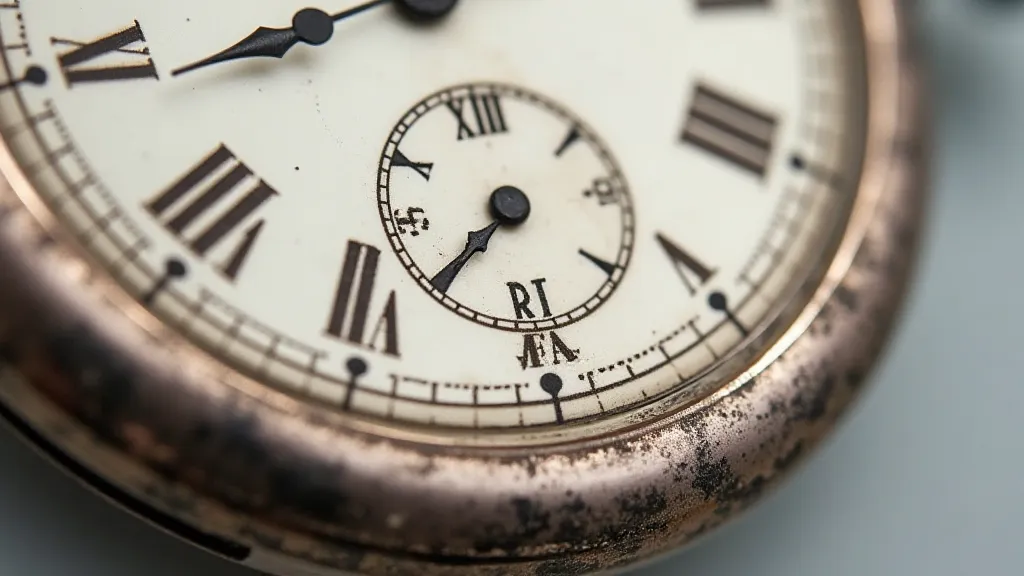Understanding Pocket Watch Cases: Materials, Styles, and Markings
Pocket watches, more than just timekeeping devices, are often miniature works of art, and the case is a crucial part of their aesthetic and historical significance. Understanding the materials, styles, and markings found on pocket watch cases can greatly enhance your appreciation for these fascinating objects and be invaluable for those involved in watch collecting.
Materials of Pocket Watch Cases
Pocket watch cases were crafted from a variety of materials, each influencing the watch's value, durability, and overall appearance.
Gold Cases
Gold cases are among the most sought-after and valuable. They were often used for high-quality, prestigious pocket watches.
- Solid Gold (9k, 14k, 18k): These cases are made entirely of gold and will be clearly marked with the karat number (e.g., "18K," "14K"). The higher the karat, the greater the gold content.
- Gold-Filled: Gold-filled cases have a layer of gold bonded to a base metal (usually brass). While they offer the look of gold, they contain less gold overall and are marked with “GF” or “Rolled Gold Plate” (RGP).
- Gold Plated: These cases have a very thin layer of gold applied to a base metal. The marking might be "GP" or simply indicate "Gold Plated." They are less valuable than gold-filled cases.

Silver Cases
Silver cases were a more common and affordable option compared to gold. They often display beautiful craftsmanship.
- Sterling Silver: Marked with "Sterling" or "925" indicating 92.5% silver content.
- Coin Silver: Made from melted-down silver coins. Markings can vary greatly, reflecting the original coin's origin.
Base Metal Cases
Many pocket watches, particularly those intended for everyday use or manufactured in large numbers, had cases made from base metals like nickel, bronze, or steel. These are generally less valuable than precious metal cases.
- Nickel Silver: A nickel-copper-zinc alloy that resembles silver in color. Often marked "Nickel" or "N.S." (Nickel Silver).
- Steel: Often unmarked or simply marked "Steel."
Styles of Pocket Watch Cases
Pocket watch cases evolved through various styles, reflecting changing fashions and manufacturing techniques.
- Hunter Cases: These are characterized by a hinged cover protecting the dial. They are arguably the most common style.
- Open-Faced: The dial is fully exposed. These often feature elaborate engravings or decorations around the dial.
- Half-Hunter: A hybrid of the hunter and open-faced styles. The cover is hinged but features a small window, allowing you to see the time without fully opening it.
- Chronograph Cases: Often more robust and may feature unique designs to accommodate the chronograph mechanism.

Deciphering Markings
Markings on pocket watch cases offer vital clues about the watch’s origin, material, and sometimes its age.
- Hallmarks: Found primarily on gold and silver cases, hallmarks indicate the metal’s purity and the assay office that certified it. These can be complex and require specialized knowledge to interpret.
- Maker’s Marks: Identify the manufacturer of the watch. These can be logos, initials, or full names.
- Patent Numbers: Indicate a patented design or feature.
- Serial Numbers: Used by the manufacturer for tracking and record-keeping.
- Import/Export Marks: Indicate the watch’s origin and destination.

Careful examination of these markings is a fundamental skill for anyone seriously interested in collecting pocket watches. Resources are available online and in print to assist with interpreting these marks and understanding their significance within the history of timekeeping.





